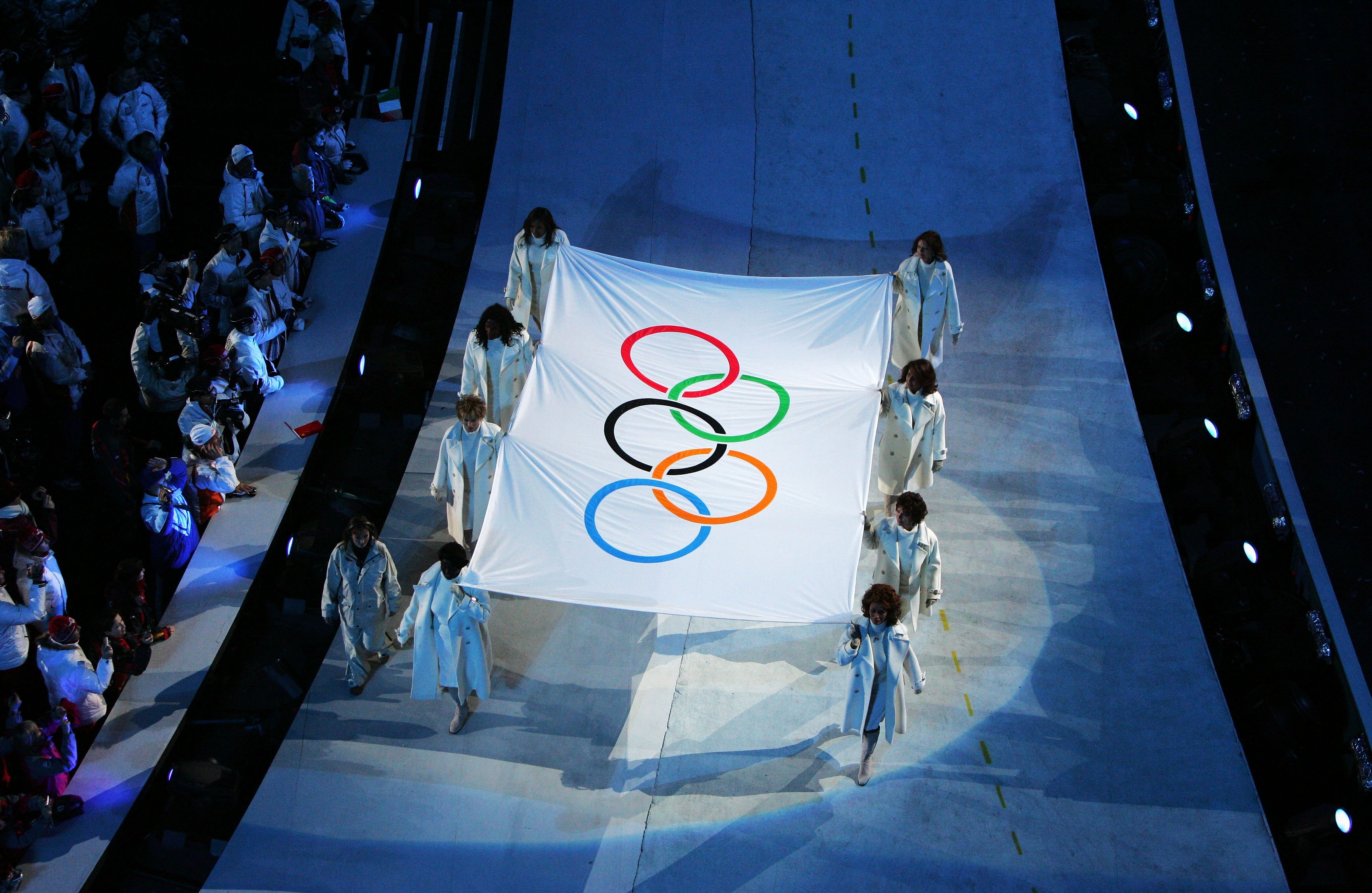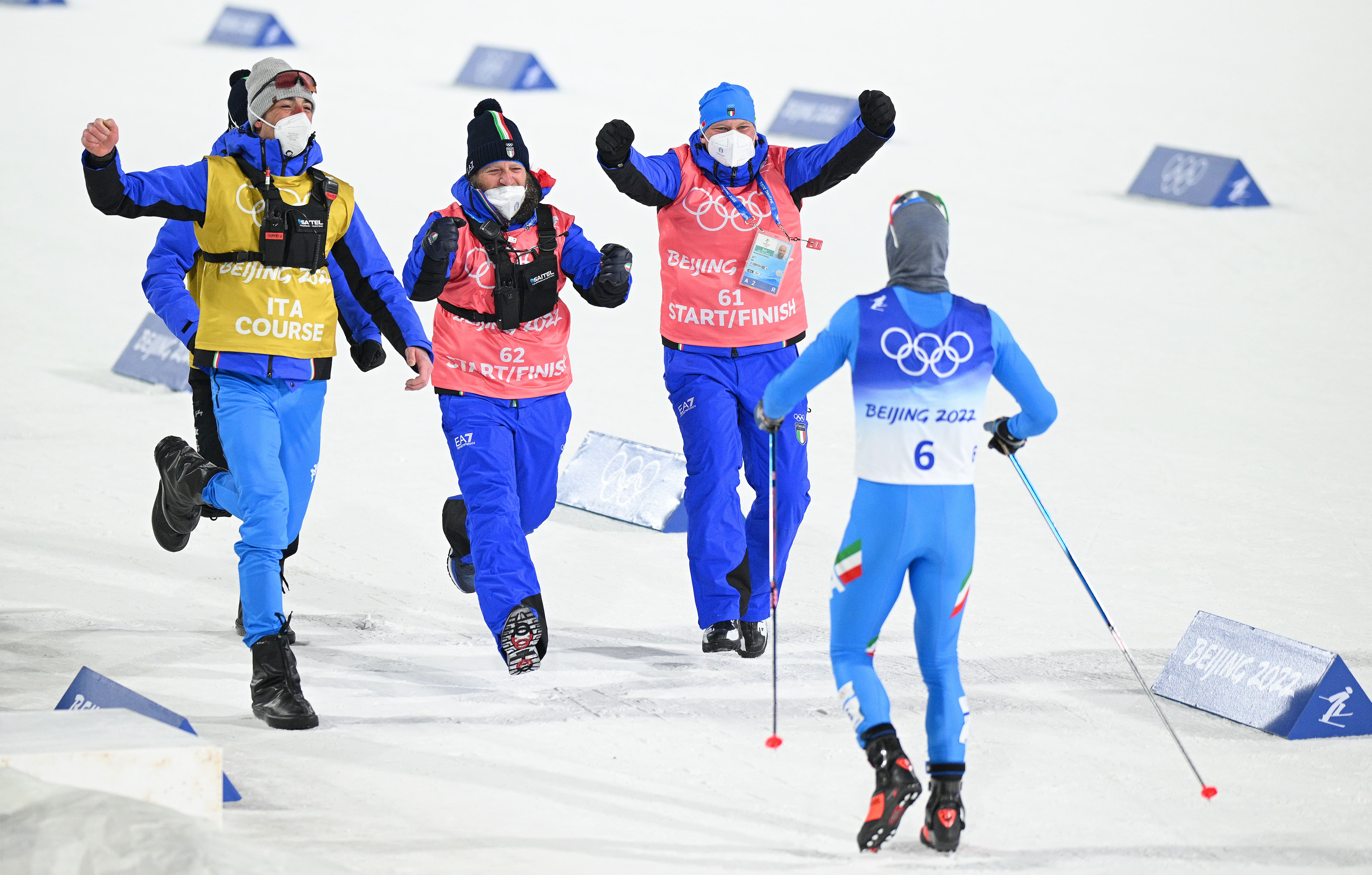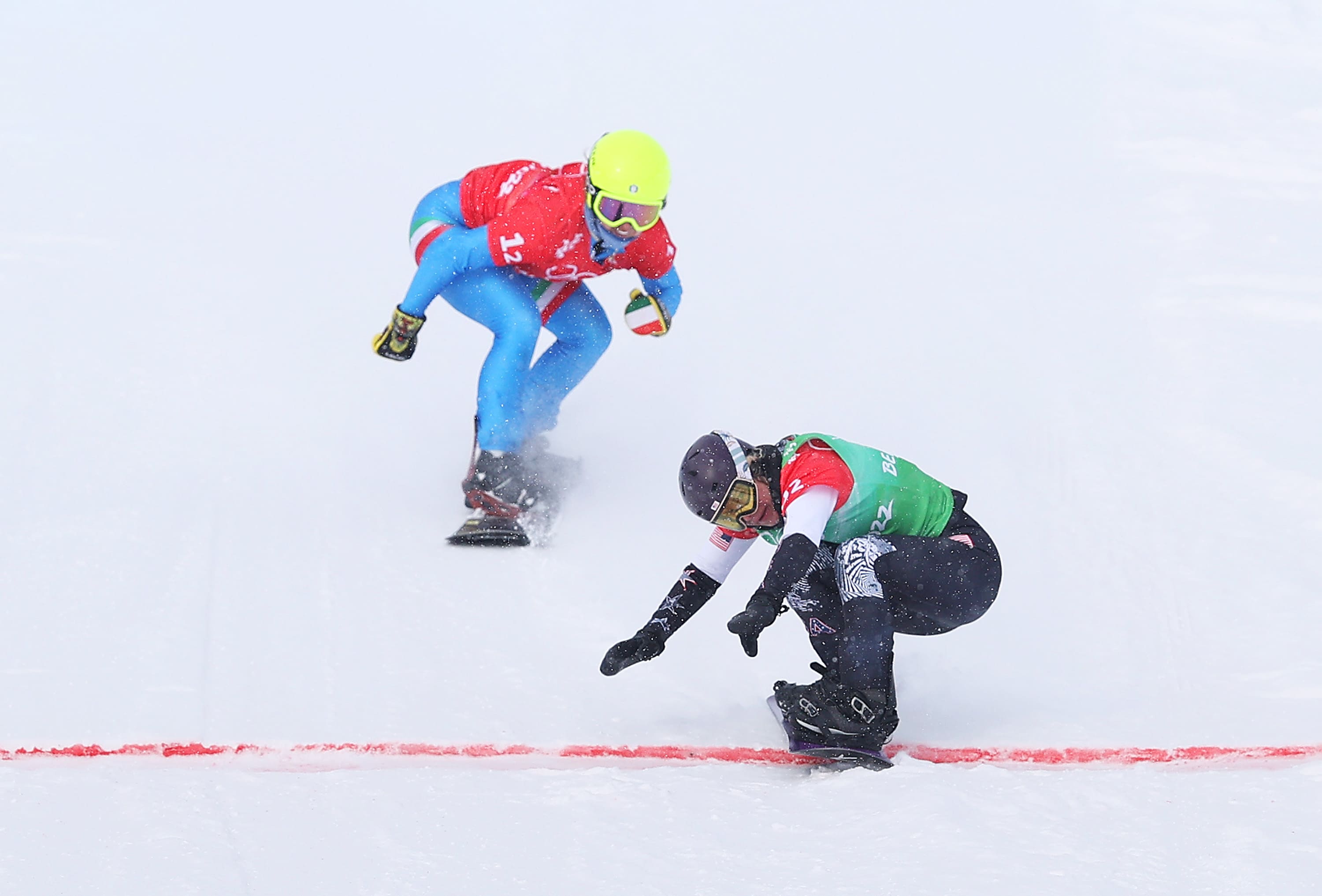The five circles on the Olympic flag are certainly the most famous and representative symbol of the Olympics. Each circle has a different colour (blue, yellow, black, green and red). What do they represent?
Let us begin by saying that, contrary to common belief, the colours do not correspond to a specific continent. Indeed, the International Olympic Committee (IOC) has stated that this association is not official: the circles represent the union between the continents as a whole, and the colours have a different origin.
So, what are their origins? Let's find out together!
Who Created the Five Circles?
The Circles first appeared in 1913, at the beginning of a letter written by Baron Pierre de Coubertin, founder of the modern Olympic Games. He drew and coloured the rings himself.
Indeed, at the time, at least one of those colours was contained in the flag of every nation represented at the first five Olympics: Athens 1896, Paris 1900, Saint Louis 1904, London 1908, Stockholm 1912.
The Olympic Début
Did you know that the Five Circles were not immediately featured in the Olympic flag? But let's take a step back.
On 16 June 1894, De Coubertin addressed the congress of French sports clubs in Paris. Archaeological excavations had just rediscovered the stadium in Greece where the first Olympics were held in 776 BC. A few days later, on 23 June, De Coubertin was voted in favour by 39 delegates, who chose the date and venue for the first modern Games: Athens in 1896. The International Olympic Committee (IOC) was founded in Paris and it was decided that, from that date forward, the Olympics would be held every four years.
Although the design of the five coloured and intertwined circles did indeed appear in 1913 for the first time, it was only officially presented a year later, at the exhibition organised at the Paris Olympic Congress to celebrate the 20th anniversary of the rebirth of the Games. The 1916 Olympics were cancelled due to the outbreak of World War I, so it was only in Antwerp 1920 - almost 7 years later! - that the flag with the Five Circles was used. The symbol first appeared on Olympic medals in 1924, in Paris, exactly one hundred years ago.
Antwerp 1920, the First Time on the Flag
When the Olympics were resumed after World War I, in the opening ceremony presided over by King Albert I of Belgium, the Olympic flag was displayed at the stadium for the first time, on the highest flagpole.
The banner was then hoisted at all the venues (during the marathon it flew from the jury car). Another new feature of the ceremony was the athletes' oath of allegiance, represented on this occasion by Victor Boin, Belgian water polo champion (silver medallist in London and bronze medallist in Stockholm) who, however, appeared at his home Games as a fencer and again won a silver medal. In his white competition uniform, he stepped onto the stage, raising his right hand, holding the flag of his Country with the other, to read the formula that has remained the same for all the Olympics ever since. But that is another story…















































































